3D-printed braille and picture books help blind children to read
A team from the University of Colorado Boulder have used 3D printing to create tactile versions of famous books for visually impaired children (+ slideshow).
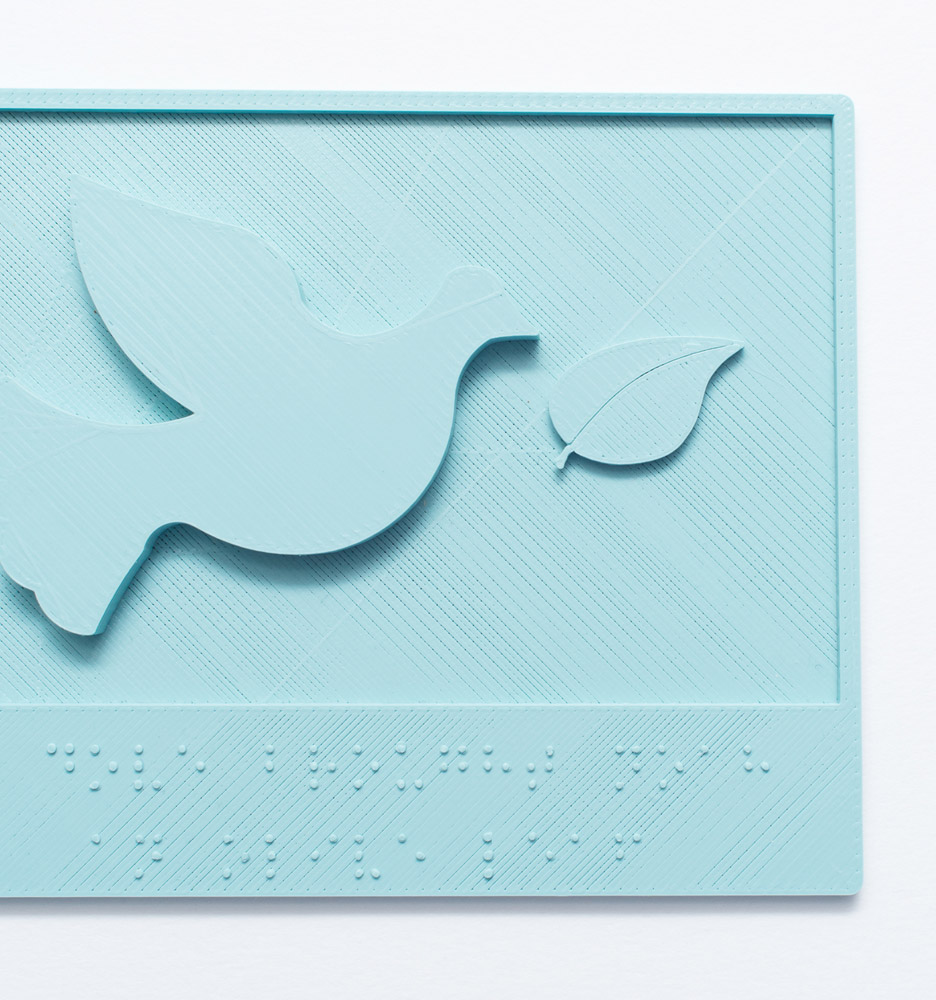
Tom Yeh – a computer science professor at the university – started the Tactile Picture Books Project to create customised solutions for young readers whose needs aren't met by conventional publishing methods.
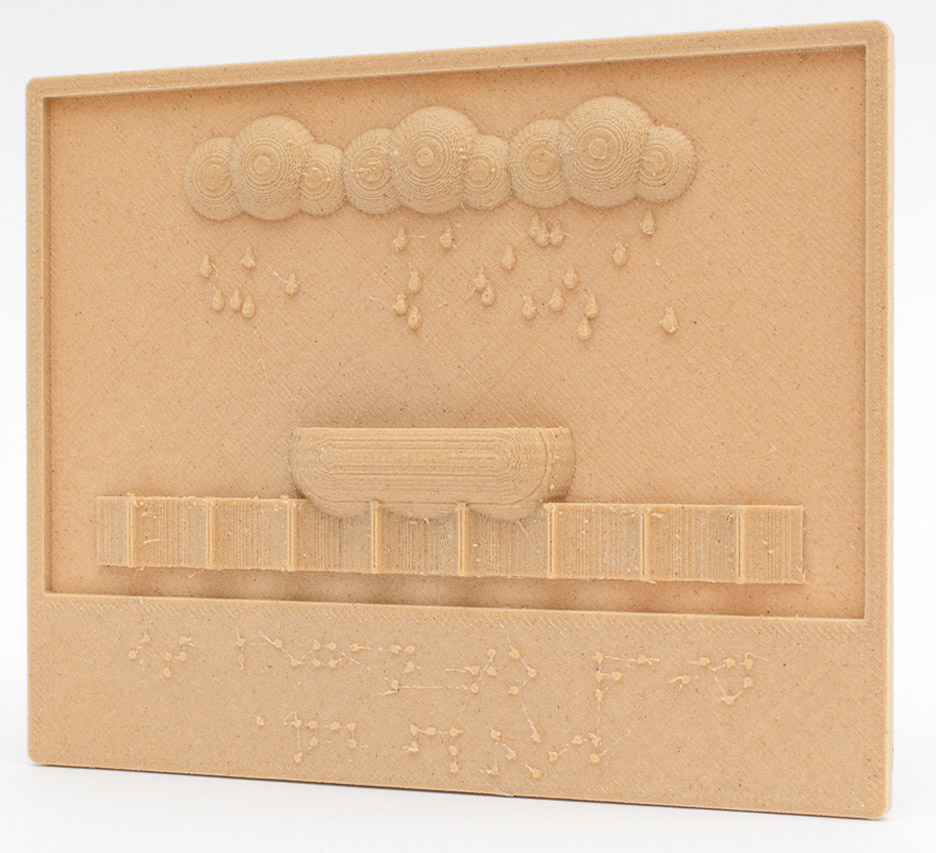
"The main idea is to represent 2D graphics in a 3D, tactile way on a scale appropriate for young children," said Yeh. "The team combines this information with computational algorithms – essentially step-by-step instructions for mathematical calculations – to provide a way for parents, teachers and supporters to 3D-print their own picture books."
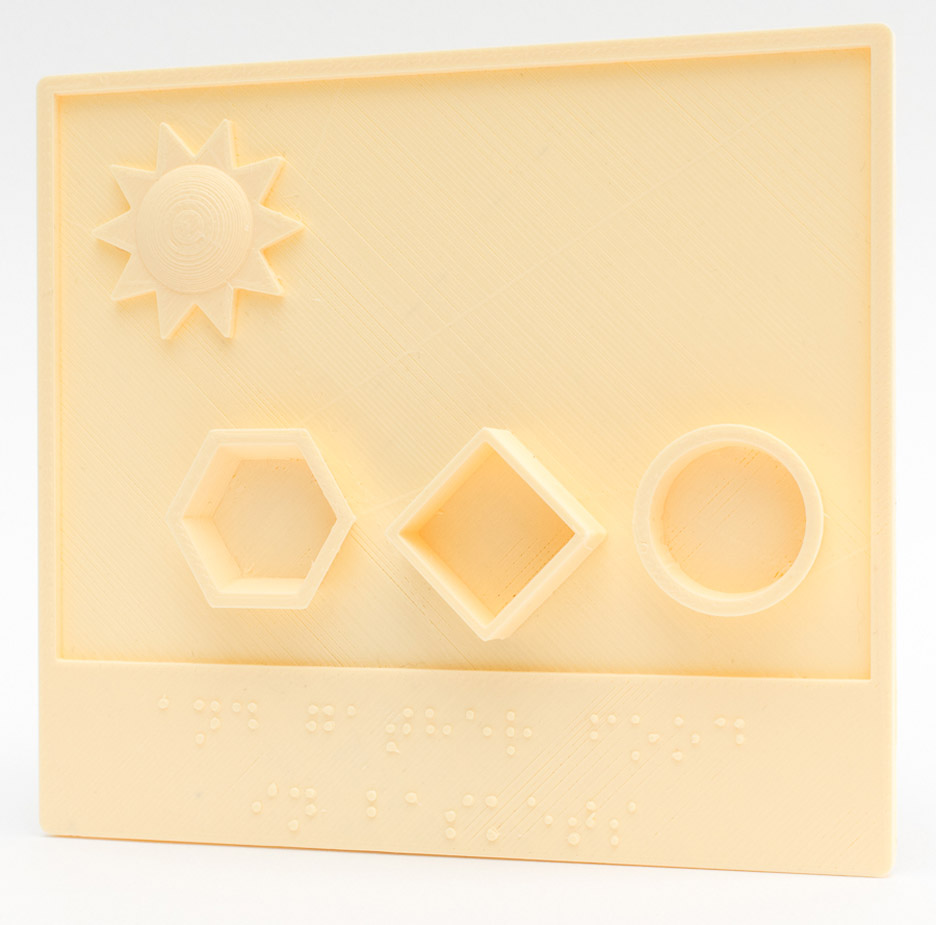
Each page of the story is told through a combination of braille text at the bottom and a three dimensional accompanying image.
The team have recreated a number of famous titles including The Very Hungry Caterpillar and Noah's Ark, along with a series of puzzles and maps.
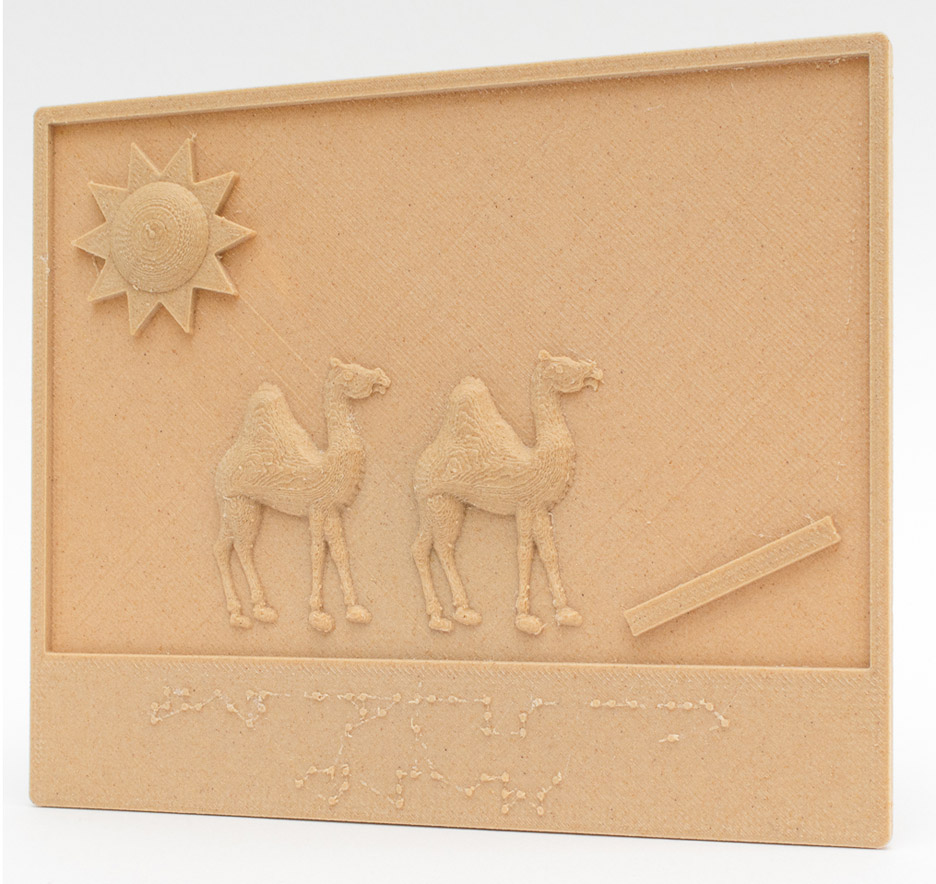
"The process of designing these tactile pictures has been a rather humbling experience," said student Caleb Hsu, who created the 3D-printed story of Noah's Ark (pictured).
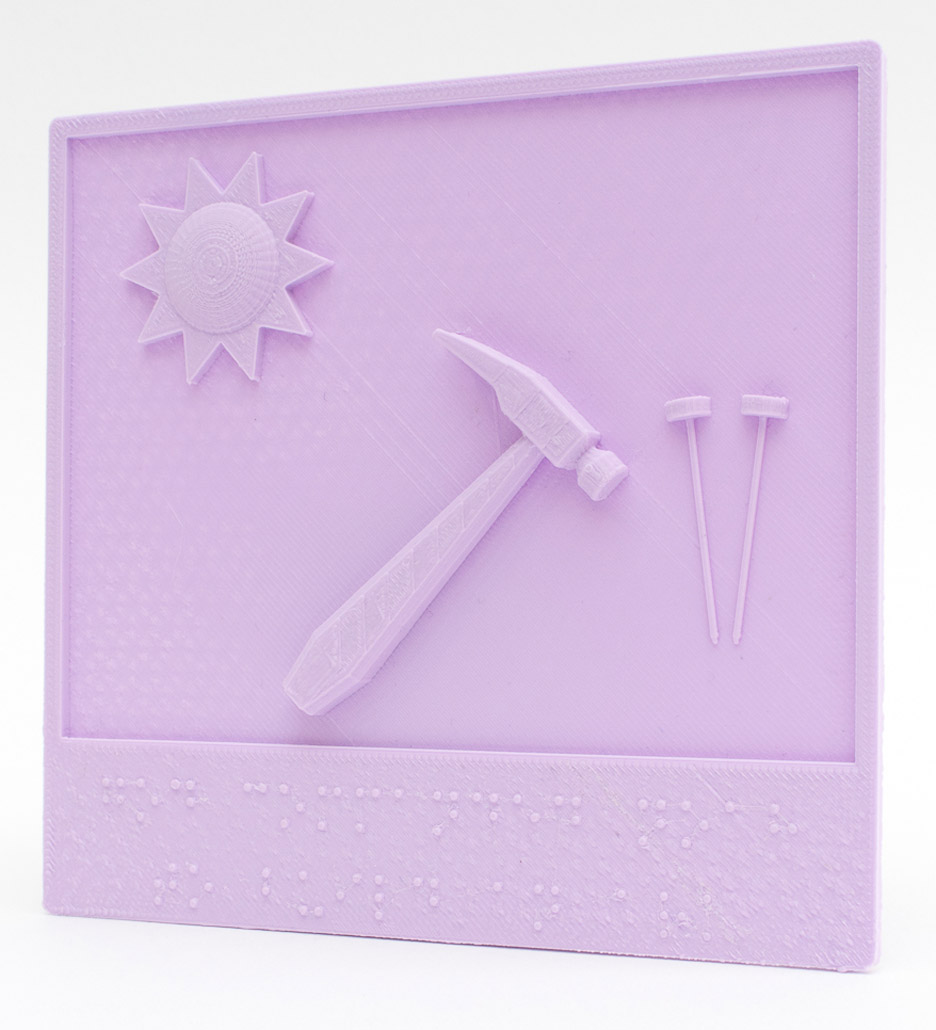
"In retrospect, I am struck by how deeply concerned the teachers for the visually impaired were with the individual needs of each child, because the creation of the tactile picture book for Noah's Ark required some relinquishing of my personal agenda," he continued.
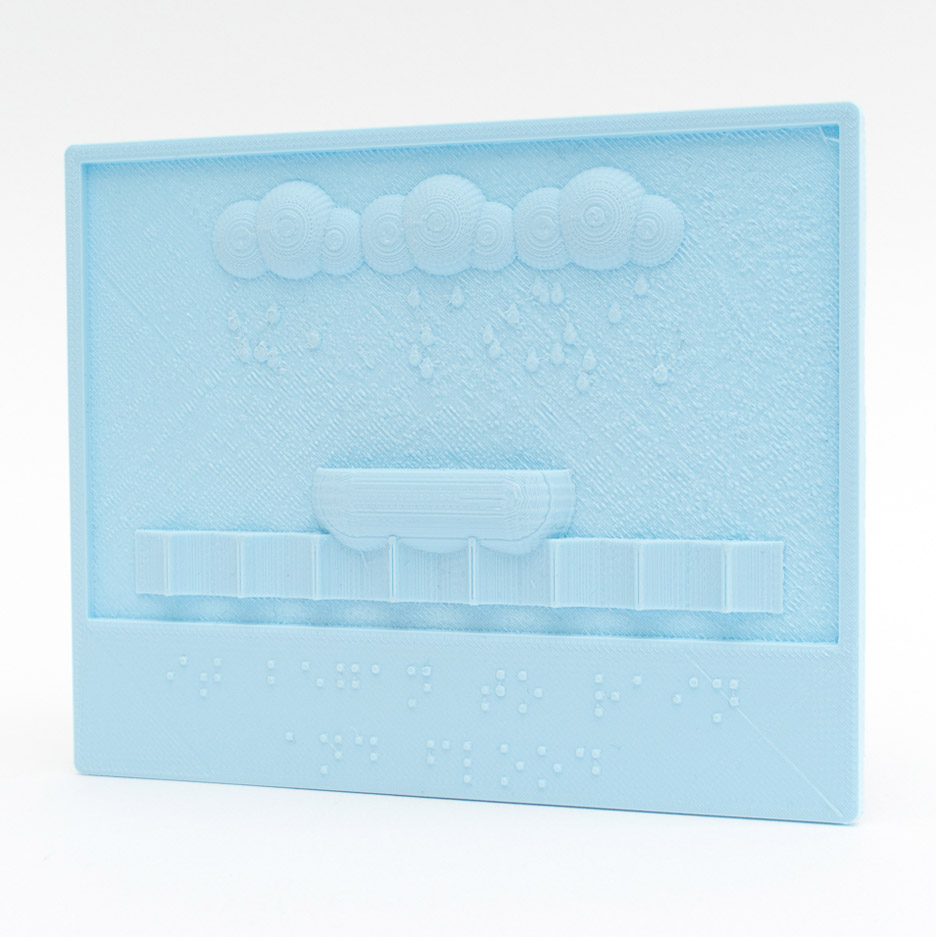
"Instead of making a model that was beautiful and interesting to a pair of eyes, I was learning to consider the needs of others in an attempt to make something useful and educational to a pair of hands."
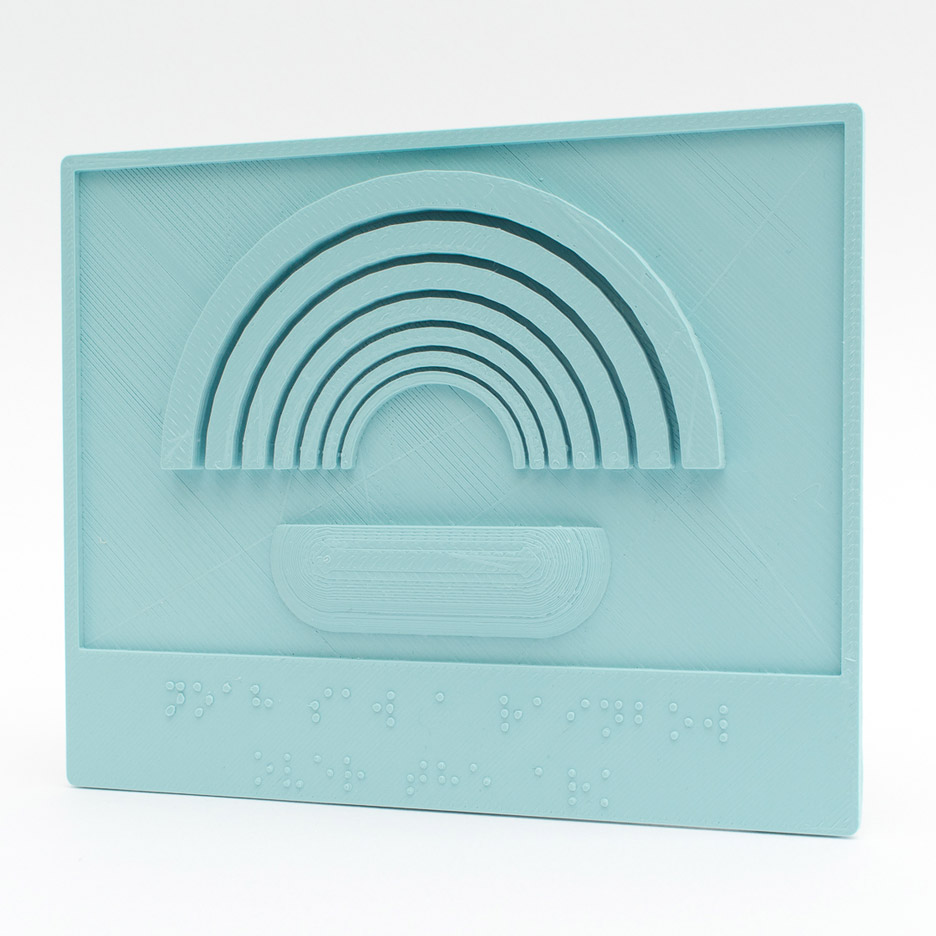
Open-source digital files of the picture books are available to download from the Tactile Picture Books library, allowing anyone with access to a 3D printer to create them free of charge.
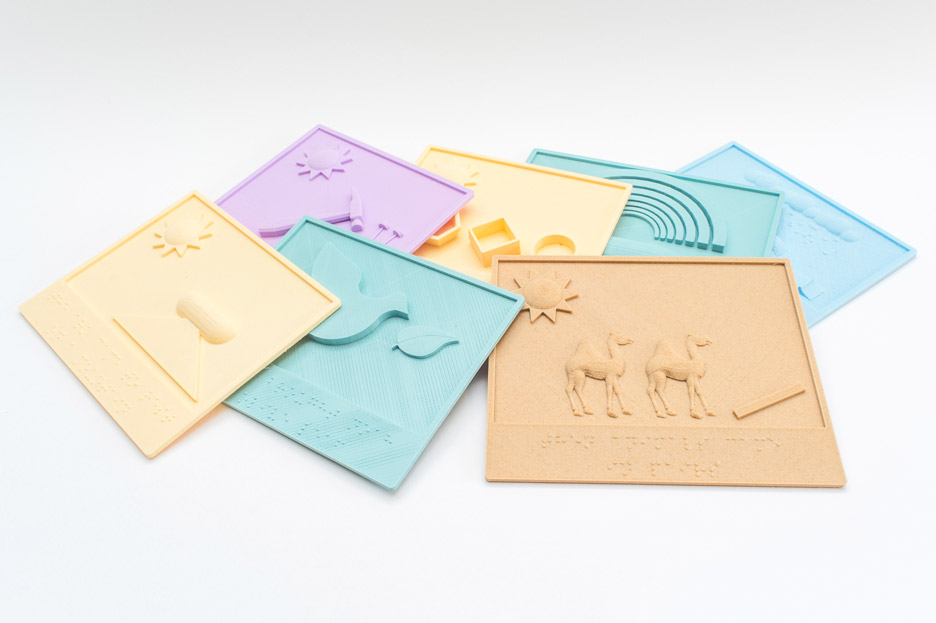
3D-printing is also being used to help cure blindness. A research project carried out by The University of Cambridge employed an inkjet printer to print living retinal cells of adult rats, which could be built up and used to create replacements for defective eye tissues.
Other designs for blind people include a headset that sends the wearer three-dimensional sound information to make urban areas more navigable.
Photography is by 3D Hubs.